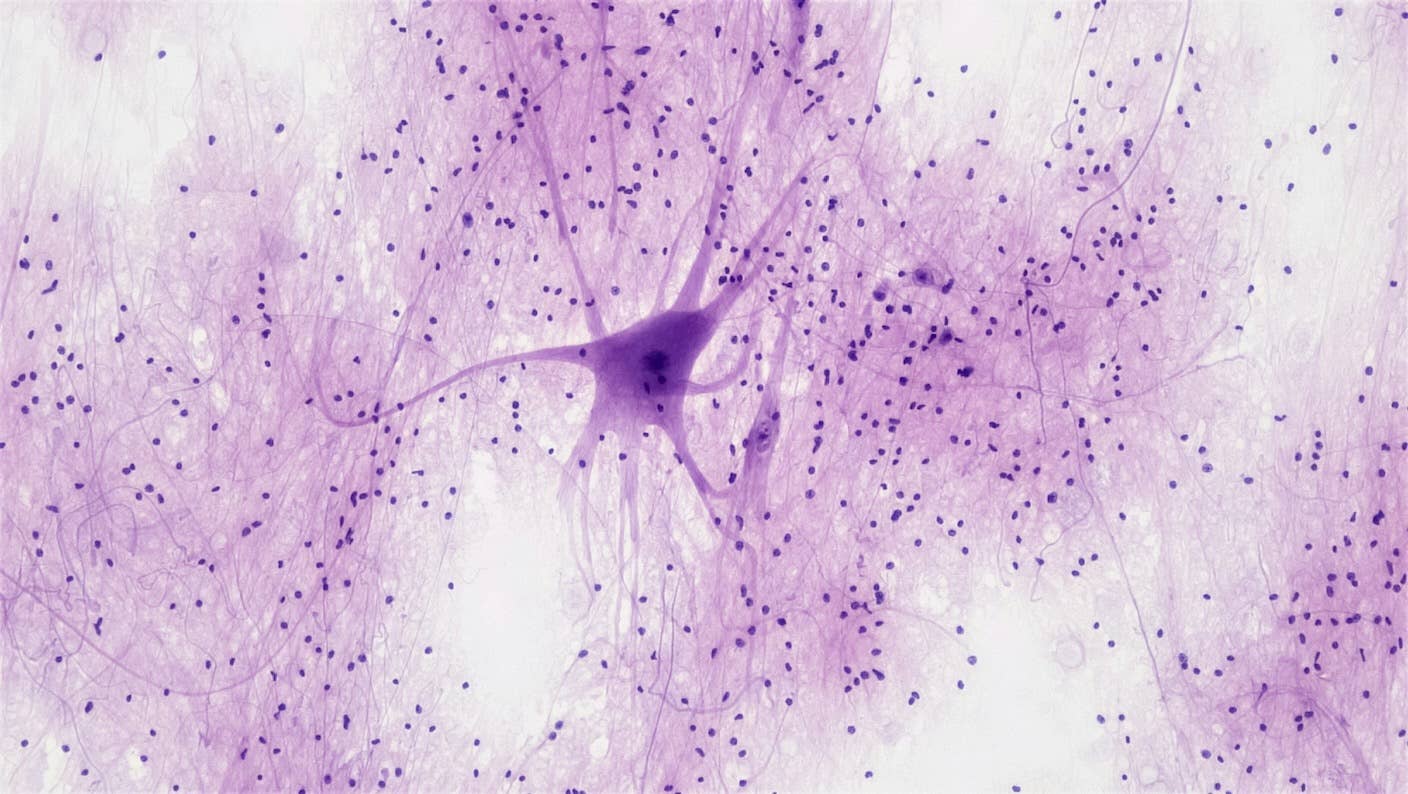Swarm Robotics: The Swarm Is Coming

Share
Swarm robots are in vogue now. Yeah, it was cool when one robot did something neat, like Asimo or the RiSE wall crawler, but why have one big expensive robot when a million little ones will do the same job? The internet is abuzz with examples of swarm robotics, where many little robots join forces to complete a task much more in depth than one robot could manage. For these robots, the finished product truly is greater than the sum of its parts.
Swarm robotics is in its infancy, these days. Robots are just now being made capable of communicating with each other in real-time, meaning that a band of small robots can get together and really make a difference. No, they aren’t capable of volunteering at soup kitchens just yet, but these small robots can already do some pretty neat things.
This first video gives a good overview of what swarm robotics is now and what it is capable of in the future. Researchers are hoping that these robots will be able to navigate autonomously and even self-heal if damaged. Currently, they still working on how to get the robots to interact with each other, but the finished product that is shown seems like a useful gadget:
Here is another example of a prototype swarm motion system from the folks at Carnegie Melon University, where magnetism is being explored as a means to connect different pint-sized robots. As each robot pushes against its neighbors for movement, the final product will be a fluid and organic feeling entity that is easily sculpted. The video depicts the people at GM using these types of miniature robots to model and shape a new vehicle on the fly. It looks, however, like GM will not be affording that technology anymore even if it were on the market today.
A more down-to-Earth application of these swarm bots is creating organization out of chaos. Swiss researchers at the Ecole Polytechnique Federale de Lausanne used 278 robots, called e-puck robots, to make their logo. In about thirty seconds, the robots arrange themselves from a chaotic mess into a tidy looking branding. While it might not seem too impressive, watching the image materialize out of chaos is, for some reason, quite satisfying.
The bright young minds over at MIT have also had their hands in swarm robotics, with some square-shaped swarmers showing off their tricks in this next video. The robots are capable of docking, clumping according to color, dispersing, and following a leader. While the robots do not join together to become a new monstrous robot, these simple mechanics underlie the general purpose of the swarm robot. The bots will need to be able to follow each other to a specific location and assemble into groups before creating a larger entity. MIT has shown us that this technology, albeit a bit clumsy, already exists.
Be Part of the Future
Sign up to receive top stories about groundbreaking technologies and visionary thinkers from SingularityHub.


An older swarm-bot technology sponsored by the European Commission of Information Society Technologies began in 2001 and was terminated in 2005. Although a bit old, the project still shows how swarming robots can interact to pull objects. In this next video, the robots grab hold of an object and each other to pull a puck into a certain position. The puck itself is too big for just one robot to move, so the teamwork is key.
Finally, what better swarm-sport is there than Soccer? While not particularly swarm robots, these robotic soccer players show just how well robots are at interacting with each other and humans around them. This principle will be key in the coming swarm-bot age and is highlighted in the video below. Regardless of the apparent 1-0 loss for the robots, it is still a sight to behold.
Swarm robotics is not yet to the point where millions of little robots will join together like Voltron and do some amazing stuff. In fact, this idea is still in its infancy, where the main ideas and interactions between the bots are still being worked out. In the coming years, expect to see these actions sped up and miniaturized even further, allowing for thousands if not millions of these robots to form together and create a responsive and malleable robotic taskmaster capable of self-assembling and self-healing. For now, we simply will have to be content with follow the leader.
Andrew is a recent graduate of Northeastern University in Boston, MA with a Bachelor of Science in Chemical Engineering. While at Northeastern, he worked on a Department of Defense project intended to create a product that adsorbs and destroys toxic nerve agents and also worked as part of a consulting firm in the fields of battery technology, corrosion analysis, vehicle rollover analysis, and thermal phenomena. Andrew is currently enrolled in a Juris Doctorate program at Boston College School of Law.
Related Articles

In Wild Experiment, Surgeon Uses Robot to Remove Blood Clot in Brain 4,000 Miles Away

A Squishy New Robotic ‘Eye’ Automatically Focuses Like Our Own

This Crawling Robot Is Made With Living Brain and Muscle Cells
What we’re reading